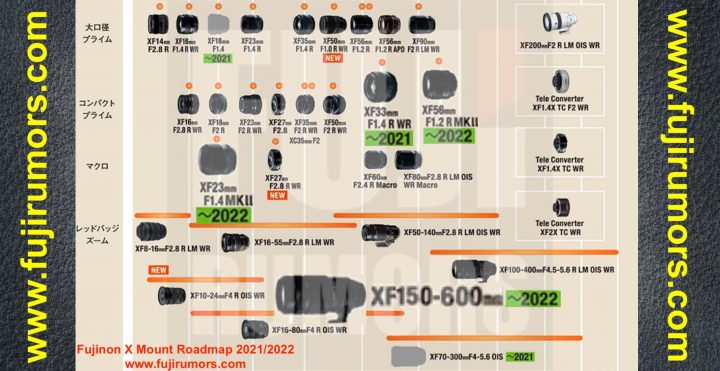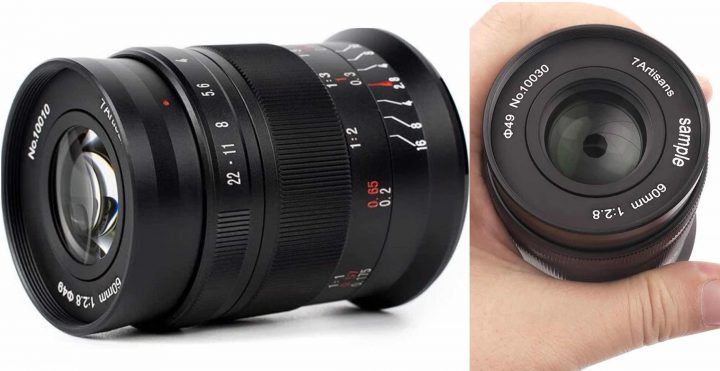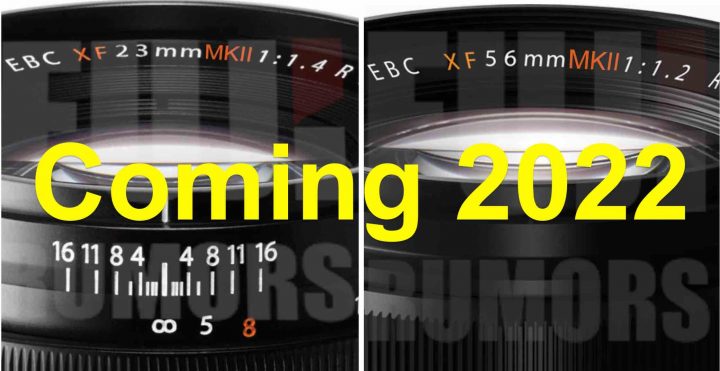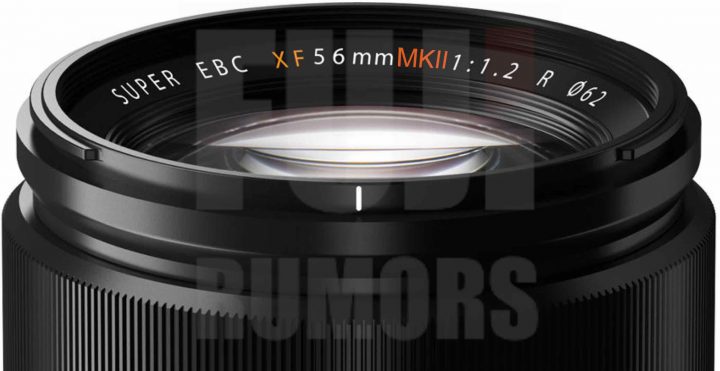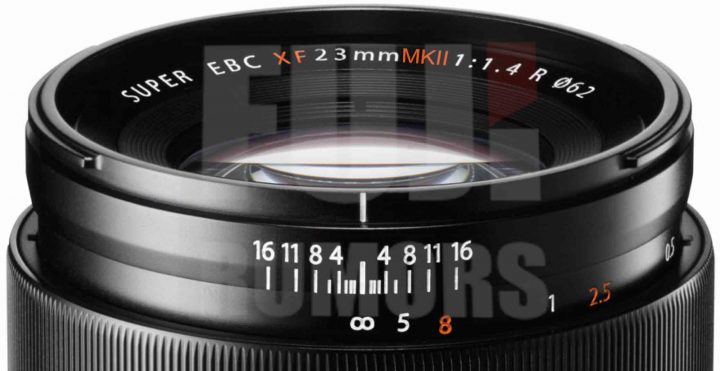Fujinon X Mount Roadmap 2021/2022 Updated with Latest Rumored Lenses
The Hidden X Mount Roadmap
Many people complain that Fujifilm is not updating its lens roadmap.
And since I love my community to be happy, let me take over the job that Fujifilm refuses to do.
Also, in the comments to our earlier posts some fellow FR-readers asked me if, in the light of the latest rumors, the timeline for other lenses is still confirmed or if something changed.
So let me sum it up clearly in a sort of unofficial roadmap today, by listing all future X mount lenses that we rumored so far on FujiRumors.
- XF33mm f/1.4 – most likely in 2021
- XF150-600mm – most likely in 2022
- XF23mm f/1.4 MKII – most likely in 2022
- XF56mm f/1.2 MKII – most likely in 2022
Of course I am working to add more lenses to the list. So definitely stay tuned on FujiRumors.
The Future Looks Good
It’s a couple of years that Fujifilm hasn’t been so active on the Fujinon X mount lens front.
Look at what we got in the last few months (late 2020 / early 2021)
- XF27mm f/2.8 R WR
- XF18mm f/1.4 R LM WR
- XF70-300mm f/4-5.6 R OIS WR
- XF50mmF1.0 R WR
- XF10-24mmF4 R OIS WR
And that’s not even all for 2021. In fact, surely we will get the XF33mm F1.4 R WR. But will there be even more in 2021? FujiRumors is investigating and will let you know.
Also 2022 seems interesting, thanks to two highly desired MKII lenses and an intriguing Fujinon XF150-600mm. Plus, also for 2022 I am working on more, so expect updates.
The Latest Fujinon Lenses:
- Fujinon XF27mmF2.8 R WR: BHphoto / AmazonUS / Adorama / Focuscamera / Moment
- Fujinon XF70-300mmF4-5.6: BHphoto / AmazonUS / Adorama / Focuscamera / Moment
- Fujinon XF18mm f/1.4: BHphoto / AmazonUS / Adorama / Focuscamera
- Fujinon XF50mmF1.0: BHphoto, AmazonUS, Adorama, Focuscamera, Moment
- Fujinon XF10-24mmF4 R OIS WR: BHphoto / AmazonUS / Adorama / Moment / Focuscamera
The Fastest Growing Fujifilm Group
- Fujifilm Film Simulation Group (100% Fuji Colors Power)
Follow FujiRumors on Patreon, Facebook, Instagram, RSS-feed, Youtube, Flipboard and Twitter
Join Our Owners Groups
- Fujifilm GFX User Group
- Fujifilm X-T User Group
- Fujifilm X-S User Group
- Fujifilm X-H User Group
- Fujifilm X-E User Group
- Fujifilm X-Pro User Group
- Fujifilm X100 line Group
Join Our Facebook Pages


